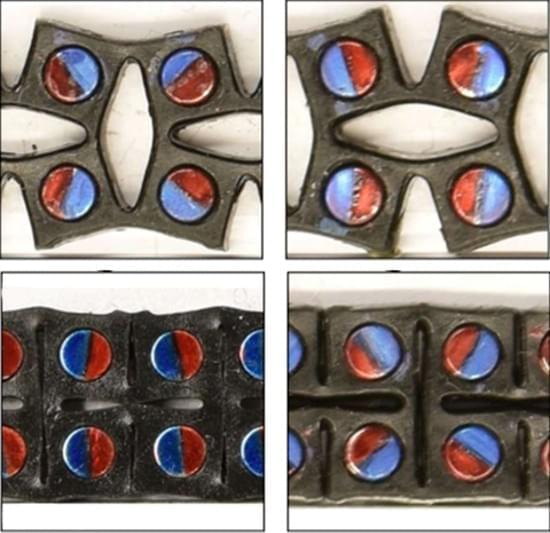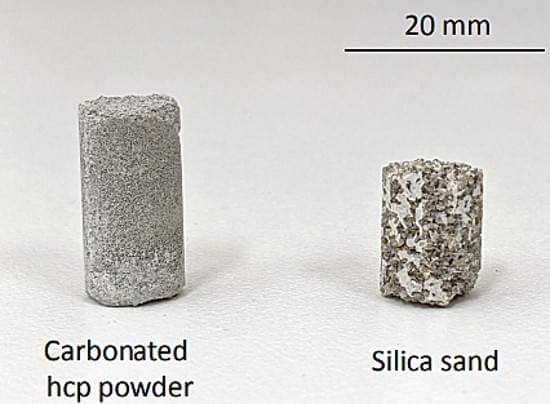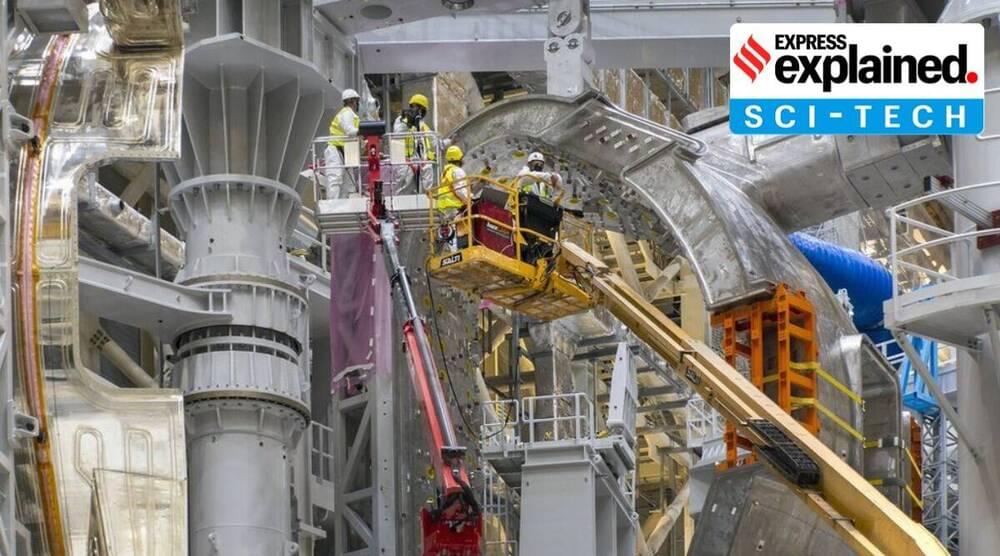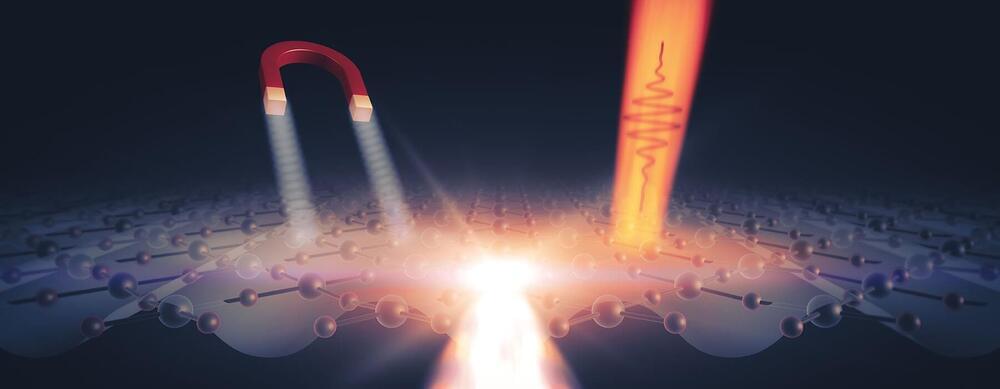It has elasto-magnetic properties that cause it to react to external forces or energy acting like a super rubber band.
Category: materials – Page 185
Researchers using crushed concrete from demolished buildings to make calcium carbonate cement. Could reduce GHGs in the atmosphere by 2%.
But the benefits of fusion reaction are immense. Apart from generating much more energy, fusion produces no carbon emissions, the raw materials are in sufficient supply, produces much less radioactive waste compared to fission, and is considered much safer.
Over the years, scientists have been able to draw up the plan for a fusion nuclear reactor. It is called ITER (International Thermonuclear Experimental Reactor) and is being built in southern France with the collaboration of 35 countries, including India which is one of the seven partners, alongside the European Union, the United States, Russia, Japan, South Korea and China.
The production issues could impact SSD pricing.
Western Digital says it has lost at least 6.5 exabytes (6.5 billion gigabytes) of flash storage due to contamination issues at its NAND production facilities. The contamination could see the price of NAND — the main component of SSDs — spike up to 10 percent, according to market research firm TrendForce. Any potential NAND shortages or price fluctuations could affect the PC market over the next few months, which had another big year in 2021 despite global chip shortages and demand for GPUs.
The contamination of materials used in the manufacturing processes appears to have been detected in late January at two plants in Japan, with Western Digital’s joint venture partner, Kioxia (previously Toshiba), revealing it has affected BiCS 3D NAND flash memory.
Western Digital and Kioxia’s partnership amounts to around 30 percent of the NAND flash market, according to TrendForce. Both Western Digital and Kioxia primarily supply SSD and eMMC storage drives for PCs, and Western Digital is one of the leading suppliers in the industry.
Only 17% of electronic waste, that they’re full of tiny, toxic materials that are hard and expensive to break down, is recycled.
That’s because devices aren’t designed to be recycled.
Thermal span in a layered compound promises applications in next-generation electrical switches and nonvolatile memory.
When temperature changes, many materials undergo a phase transition, such as liquid water to ice, or a metal to a superconductor. Sometimes, a so-called hysteresis loop accompanies such a phase change, so that the transition temperatures are different depending on whether the material is cooled down or warmed up.
In a new paper in Physical Review Letters, a global research team led by MIT physics professor Nuh Gedik discovered an unusual hysteretic transition in a layered compound called EuTe4, where the hysteresis covers a giant temperature range of over 400 kelvins. This large thermal span not only breaks the record among crystalline solids, but also promises to introduce a new type of transition in materials that possess a layered structure. These findings would create a new platform for fundamental research on hysteretic behavior in solids over extreme temperature ranges. In addition, the many metastable states residing inside the giant hysteresis loop offer ample opportunities for scientists to exquisitely control the electrical property of the material, which can find application in next-generation electrical switches or nonvolatile memory, a type of computer memory that retains data when powered off.
Much like people can learn more about themselves by stepping outside of their comfort zones, researchers can learn more about a system by giving it a jolt that makes it a little unstable—scientists call this “out of equilibrium”—and watching what happens as it settles back down into a more stable state.
In the case of a superconducting material known as yttrium barium copper oxide, or YBCO, experiments have shown that under certain conditions, knocking it out of equilibrium with a laser pulse allows it to superconduct—conduct electrical current with no loss—at much closer to room temperature than researchers expected. This could be a big deal, given that scientists have been pursuing room-temperature superconductors for more than three decades.
But do observations of this unstable state have any bearing on how high-temperature superconductors would work in the real world, where applications like power lines, maglev trains, particle accelerators and medical equipment require them to be stable?
A non-invasive graphene-based sensor detects brain waves with high sensitivity and reliability.
Farmers struggling to adapt to rising temperatures in tropical regions can unleash the benefits of natural cooling, alongside a host of other wins, simply by dotting more trees across their pasturelands. For the first time, a study led by the University of Washington puts tangible numbers to the cooling effects of this practice.
Researchers at the UW and The Nature Conservancy, along with Duke University, the University of California San Diego and Stony Brook University Hospital, find that adding trees to pastureland, technically known as silvopasture, can cool local temperatures by up to 2.4 C (4.3 F) for every 10 metric tons of woody material added per hectare (about 4 tons per acre) depending on the density of trees, while also delivering a range of other benefits for humans and wildlife.
The paper was published Feb. 4 in Nature Communications.









